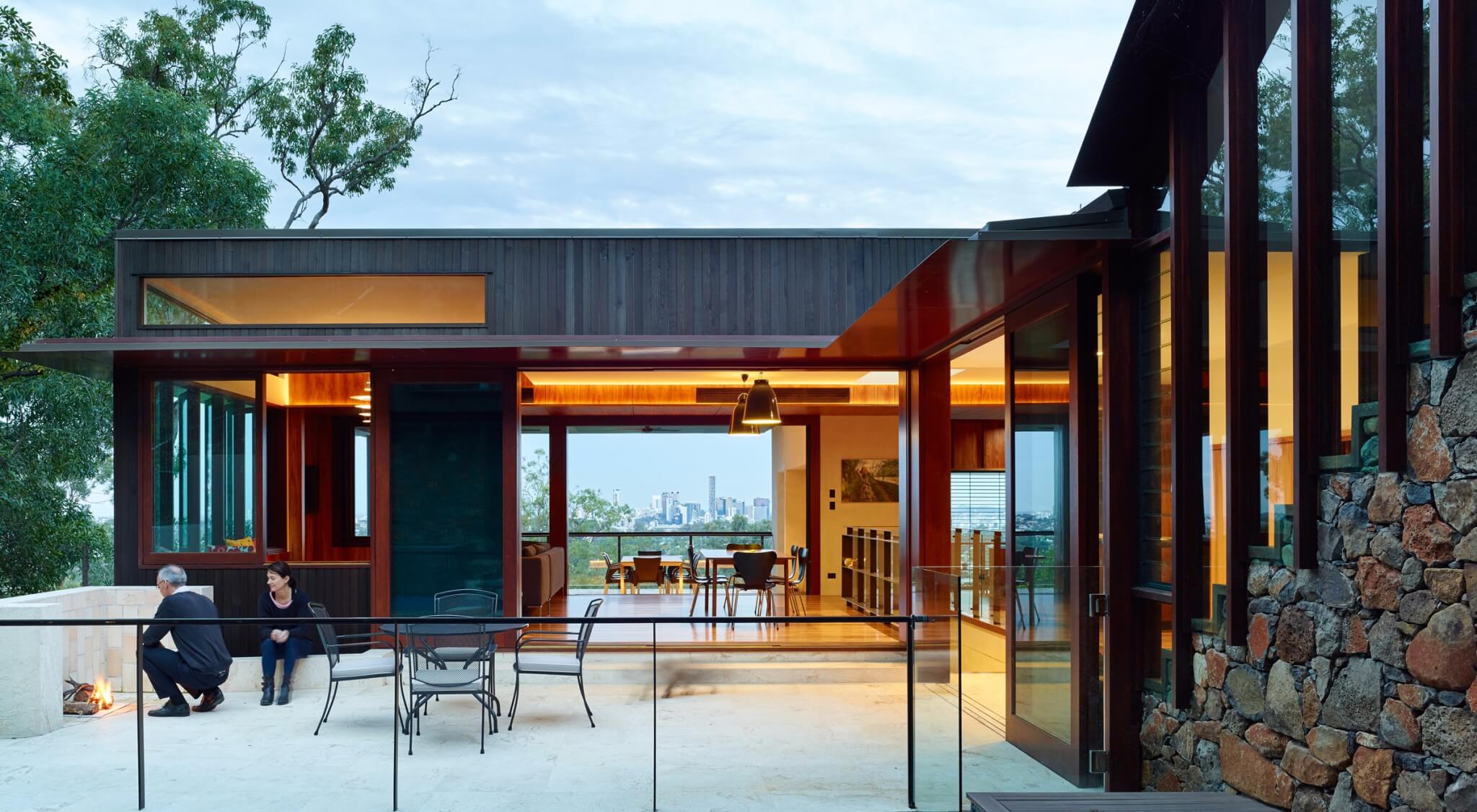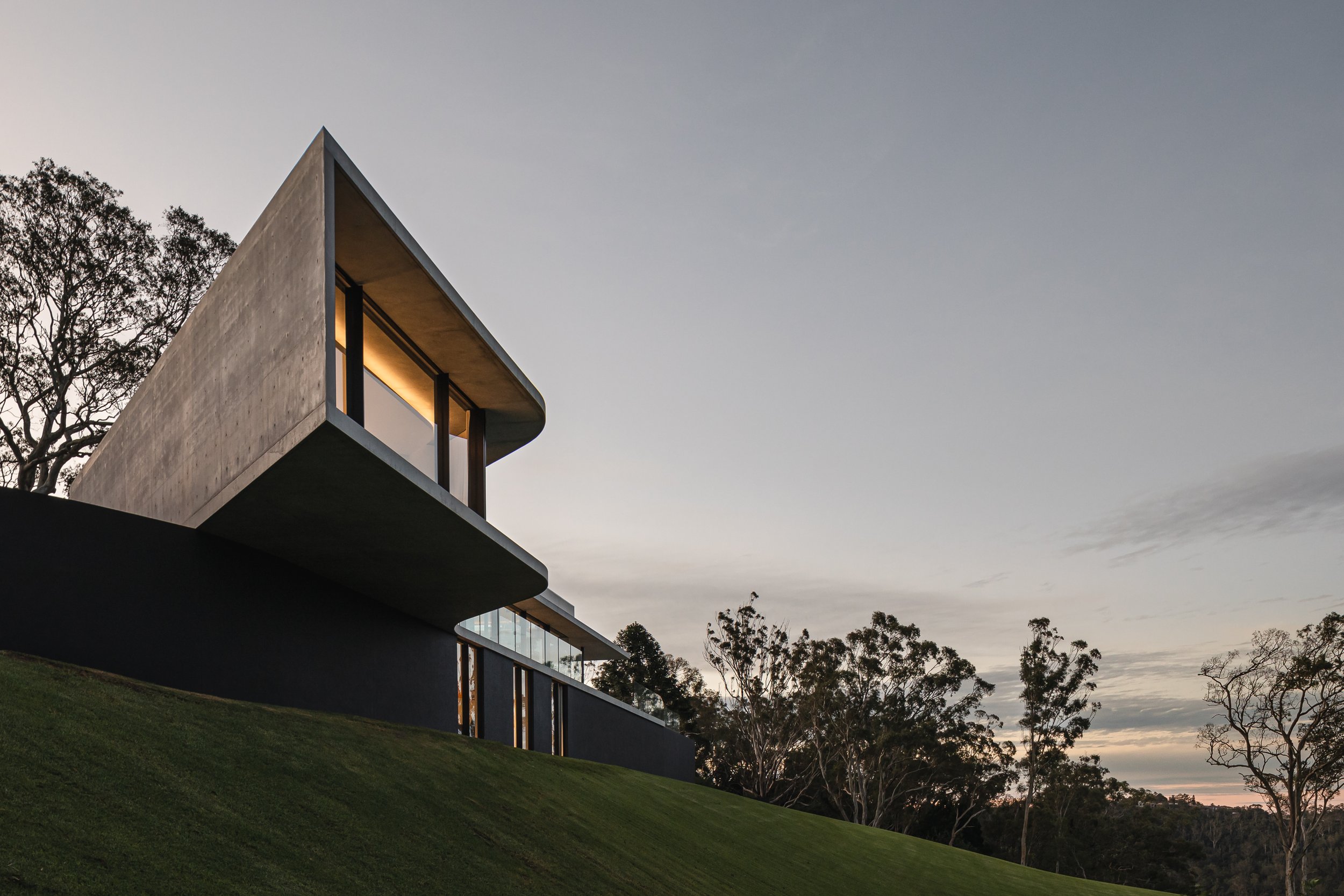Work with a Professional Residential House Architect for Customized Home Design
Work with a Professional Residential House Architect for Customized Home Design
Blog Article
Top Fads in Residential Design You Should Find Out About
As property architecture proceeds to evolve, numerous compelling patterns are shaping the means we develop and populate our home. Key advancements such as lasting building methods, the integration of clever home technology, and the increase of modular homes emphasize a considerable change towards both performance and ecological responsibility. In addition, concepts like open strategy living and biophilic layout are redefining our interaction with area and nature. Recognizing these fads not only notifies design options yet also discloses more comprehensive implications for way of life and neighborhood - residential house architect. What might these innovations suggest for the future of residential living?
Lasting Structure Practices
An increasing number of residential projects are embracing sustainable building techniques, driven by a growing understanding of ecological impact and energy performance. This shift is identified by the integration of environment-friendly products, energy-efficient styles, and ingenious construction methods. Property owners and home builders are increasingly focusing on using eco-friendly sources, such as bamboo and recycled metals, which not only lower the carbon impact however likewise enhance the durability and visual allure of residential properties.
Integrating energy-efficient systems is another essential facet of sustainable building - residential house architect. Attributes such as high-performance insulation, energy-efficient windows, and photovoltaic panels are coming to be standard in new residential designs. These components not only contribute to lower power usage however additionally provide substantial lasting financial savings for house owners
Furthermore, the layout of sustainable homes usually stresses natural light and ventilation, lowering the dependence on synthetic lights and climate control systems. Landscape design techniques, such as xeriscaping, more advertise sustainability by reducing water use.
As the need for lasting living services continues to rise, the residential design industry is poised to introduce and adapt, guaranteeing that future homes are not just eco accountable but practical and also comfortable for their residents. - residential house architect
Smart Home Technology
Smart home innovation is revolutionizing the method house owners interact with their space, boosting safety and security, ease, and energy management. This innovative technique integrates various devices and systems, permitting users to regulate their homes from another location or through automated processes. Central to this trend is using wise devices such as thermostats, illumination, safety and security electronic cameras, and devices, all attached using the Web of Things (IoT)
Among the most enticing functions of wise home technology is the capability to personalize settings for optimum power effectiveness. Property owners can monitor power use and change home heating, lights, and air conditioning based upon their routines, dramatically lowering energy costs. Furthermore, innovative protection systems furnished with smart locks and surveillance electronic cameras supply satisfaction, making it possible for remote monitoring and alerts to possible safety breaches.
Combination with voice-activated aides improves customer experience, enabling homeowners to manage tools with basic voice commands. As innovation remains to progress, the potential for wise home systems to improve lifestyle expands, making them a vital consideration in contemporary property design. Ultimately, smart home technology is not merely a fad however an essential change toward a lot more smart living atmospheres.
Open Principle Living
Open up concept living has become a specifying feature in contemporary residential design, identified by the removal of conventional obstacles in between rooms. This design viewpoint advertises fluidness and connection within the home, enabling a seamless shift in between locations such as the cooking area, eating, and living rooms. By eliminating walls and dividers, open principle layouts create a sense of spaciousness, promoting an inviting environment that improves social communication.

In addition, this technique to residential layout lines up with minimalism, concentrating on practical simpleness and aesthetic comprehensibility. House owners value the adaptability of these layouts, which can be quickly adjusted to show individual style via furniture plan and decor. As open idea living remains to acquire grip, it remains a testament to developing family characteristics and the need for homes that improve connection and comfort.
Biophilic Style
Biophilic layout has ended up being increasingly considerable in household architecture, highlighting the inherent connection between human beings and nature. This design viewpoint looks for to incorporate natural aspects right into living rooms, thus promoting a feeling of health and enhancing the high quality of life for passengers. By including features such as natural light, plants, and natural products, biophilic layout promotes a harmonious relationship between indoor atmospheres and the environment.
Trick elements of biophilic design include large windows that offer unblocked sights of outside landscapes, living wall surfaces that present plant right into insides, and open flooring strategies that urge air movement and all-natural light infiltration. Water attributes, both within and outside the home, visit this site right here offer to develop comforting ambiences and boost sensory experiences.
Furthermore, making use of sustainable products not just sustains environmental stewardship however likewise contributes to healthier indoor air top quality. As recognition of ecological concerns boosts, house owners are progressively prioritizing designs that reflect their link to nature. Essentially, biophilic style not only elevates visual allure however likewise addresses psychological and emotional requirements, making it an important trend use this link in modern domestic design.
Modular and Prefab Homes

Moreover, modular and prefab homes are developed with sustainability in mind. Lots of suppliers make use of eco-friendly materials and energy-efficient systems, such as photovoltaic panels and advanced insulation techniques, adding to reduced power intake and reduced energy costs for home owners. The adaptability of layout alternatives enables for personalization, dealing with diverse visual preferences and practical demands.
As the need for budget friendly real estate remains to rise, modular and prefab homes offer a sensible option, resolving both financial and ecological difficulties. Neighborhoods are increasingly identifying the possibility of these structures, integrating them right into metropolitan and rural settings. On the whole, the pattern toward prefab and modular homes indicates a shift towards a lot click here for more more sustainable, effective, and adaptable living settings, making them a pivotal facet of modern domestic architecture.
Verdict
Lasting structure techniques and clever home technologies enhance effectiveness and comfort, while open idea living and biophilic style foster social communication and a link to nature. The surge of prefab and modular homes supplies personalized and inexpensive services, showing a wider shift towards functional and responsible living.
Key developments such as sustainable building techniques, the assimilation of clever home modern technology, and the surge of modular homes emphasize a considerable shift towards both functionality and environmental duty.The surge of prefab and modular homes has transformed the residential architecture landscape, supplying cutting-edge options for effective and sustainable living.In addition, prefab and modular homes are created with sustainability in mind. In general, the trend towards prefab and modular homes symbolizes a shift towards a lot more sustainable, reliable, and versatile living atmospheres, making them a pivotal facet of contemporary residential style.
Sustainable building methods and smart home technologies improve performance and convenience, while open principle living and biophilic design foster social communication and a link to nature.
Report this page